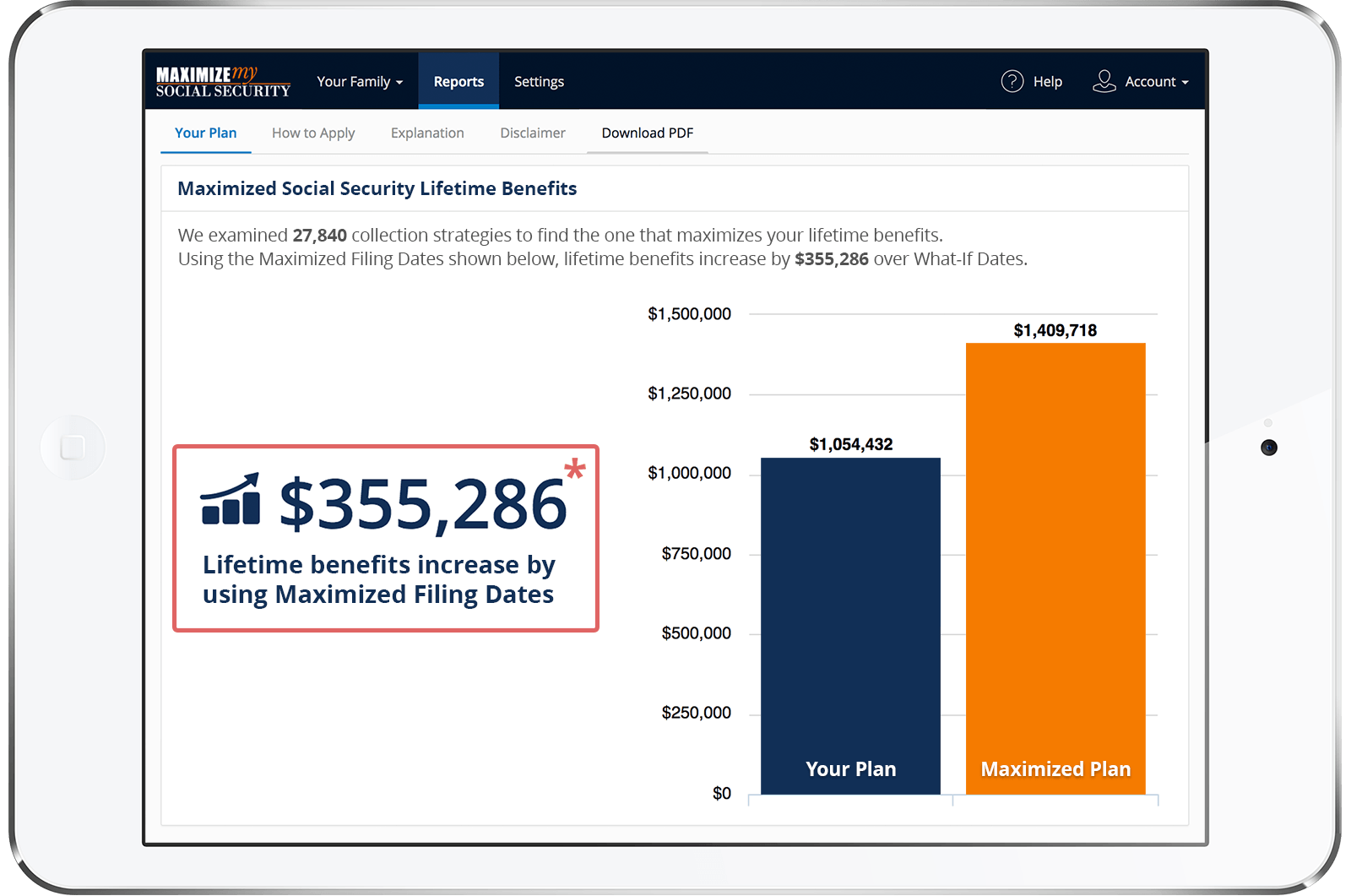I retired august 2017, recently I received a lump sum payment from social security and an adjustment downward 9n my monthly benefits. The letter that came stated that even though I requested my payments to begin in September, they said they were adjusting it back to May, even though I was not retired at that time. I am not sure what happened as I did not work after august and with that being the first year of retirement, I read from their site that income during that year was not counted against the yearly max. If I earned income after that date I would have to earn less than a certain amount to not be penalized. Why would they adjust my retirement date to begin with? Then issue a lump sum payment to correct it and then say they overpaid me and reduce the benefits? all in the same letter?
Hi,
I'd have to see the letter you received to possibly be able to fully answer your question. What it sounds like, though, is that when you applied for benefits you opted for a conditional rather than specified month of entitlement. You may not have knowingly done so, but one of the options that you can choose when you apply for Social Security benefits says 'I wish to start my benefits beginning with the earliest month that will be most advantageous'. If you choose that option, Social Security can adjust your month of entitlement to a different month if another month appears to be more advantageous. This is usually done after the year is over and Social Security has verified the person's actual earnings for the year of filing.
For example, say Joe files for Social Security at age 64 in May 2017 and tells Social Security that he will earn $30,000 in 2017 but will have no earnings after July 2017. Since Joe is under full retirement age, his benefits are subject to withholding based on the annual earnings test (https://www.ssa.gov/planners/retire/whileworking.html). Instead of specifying a month of entitlement on his application, Joe chooses the option that says 'I wish to start my benefits beginning with the earliest month that will be most advantageous'. Initially, it appears based on Joe's estimate that the monthly earnings test (https://www.ssa.gov/planners/retire/rule.html) would be most advantageous, so Joe is paid benefits starting with the month of August 2017.
Joe in our example has a primary insurance amount (PIA) of $2000, but his reduced benefit rate effective August 2017 is $1766. Later, Social Security learns that Joe's 2017 earnings actually turned out to be $19,920 instead of $30,000. As a result, it is determined that Joe could be paid more benefits for 2017 using the annual earnings test rather than the monthly test. Adjusting Joe's month of entitlement to May 2017 (i.e. his month of filing) instead of August 2017 reduces his monthly benefit rate from $1766 to $1733, but it entitles him to an additional 3 months of benefits (i.e. May-July 2017). However, since Joe earned $3000 more than the 2017 earnings test exempt amount of $16,920, the annual earnings test requires withholding of $1500 (i.e. $1 of benefits for each $2 of excess earnings) from his back pay.
In the above example, Social Security would automatically adjust Joe's month of entitlement to May 2017, reduce his benefit rate from $1766 to $1733, and pay him back pay for 3 months at $1733 per month less the $1500 withholding due to the earnings test and less the $33 difference in his benefit rate for any months that Joe was paid at a rate of $1766 instead of $1733. The net effect would be that Joe would receive more benefits for 2017 in return for a somewhat lower ongoing monthly benefit rate.
Note that I'm just making an educated guess at what may have happened in your case based on the limited information in your question. If that is what happened to you and you'd prefer not to have your month of entitlement changed, you will need to contact Social Security and request to have your month of entitlement changed back to the original month. However, that will require repayment of most if not all of the back payment that you recently received.
Best, Jerry
